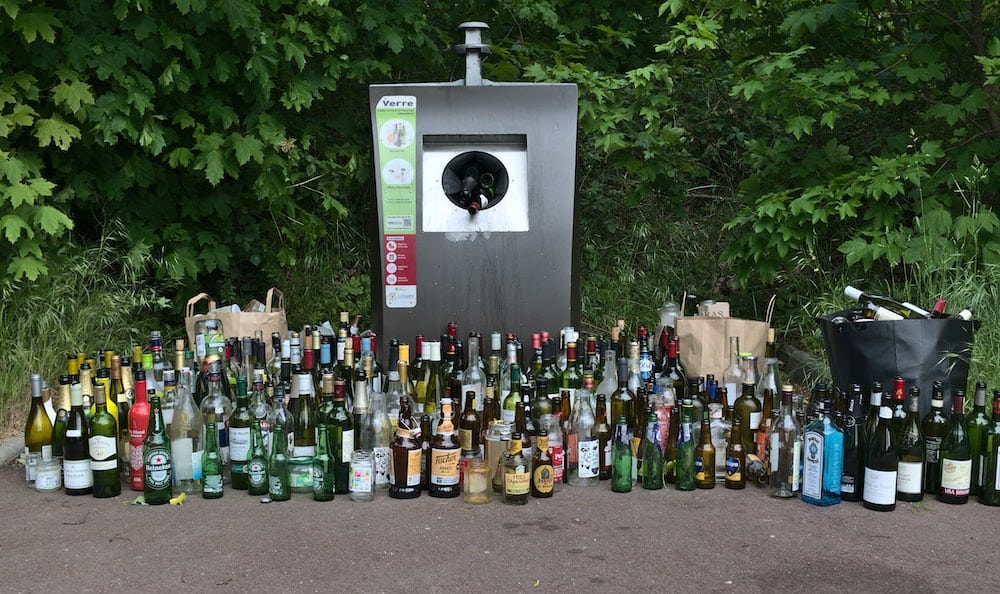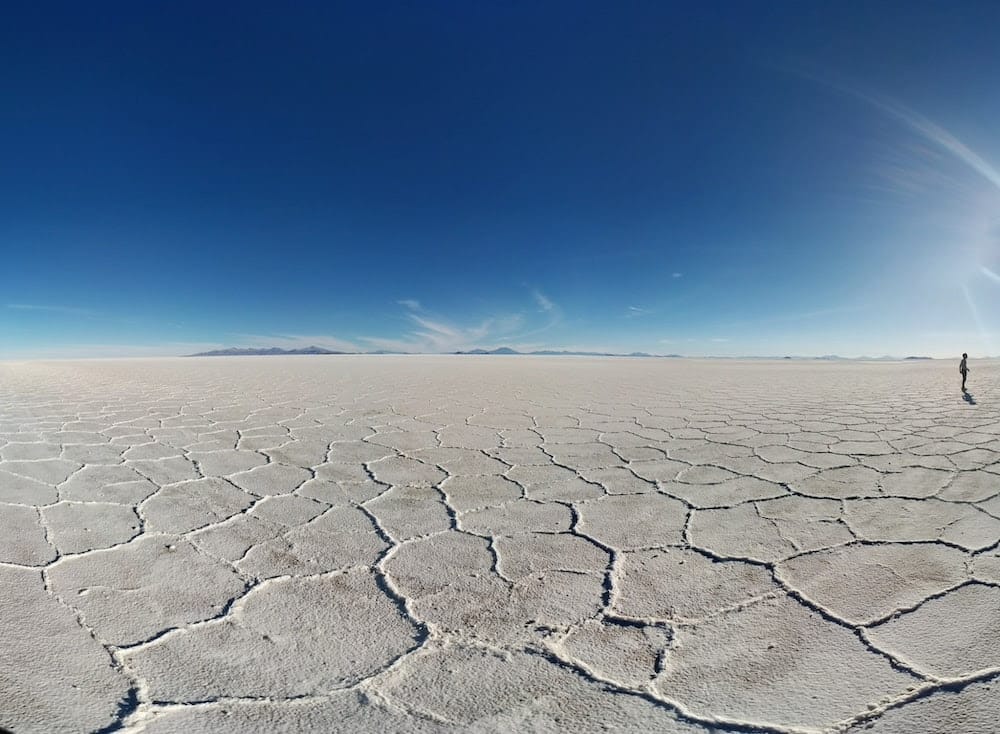
Greenhouse gas emissions have two seemingly contradictory consequences. On the one hand, they contribute to global warming on Earth; on the other, they cool the upper atmosphere. This second feature, which is occurring at a faster rate than predicted, is causing part of the atmosphere to fall and impacting the trajectory of satellites and space debris around the Earth.
The atmosphere is made up of several layers: the troposphere, closest to the surface, the stratosphere, the mesosphere, the thermosphere and the exosphere above an altitude of 500 kilometers. The troposphere is the layer of the atmosphere that traps heat under the effect of greenhouse gas emissions and is responsible for global warming. In contrast to this warming, a study published in May 2023 in PNAS, and reproduced in an article by the Yale School of the Environment, confirms that the upper atmosphere is cooling and that the rate of cooling, as is also the case for warming, is faster than scientists had previously estimated.

The mesosphere and thermosphere saw their temperatures fall by around 1.7 ˚ C between 2002 and 2019, and cooling could reach 7.5 ˚C by the end of the century if greenhouse gas emissions manage to be doubled. The rate of cooling is greater than that of warming, however, and is of particular concern to NASA because of the impact it is expected to have on the ozone layer, weather and satellites. Cooling causes the air to contract and part of the atmosphere to collapse.
The stratosphere, for example, has already lost 1% of its volume, i.e. a height of around four hundred meters between 2002 and 2019. In the face of this subsidence, satellites and other orbiting objects are sinking lower, possibly up to a third lower by 2070, according to NASA. The concentration of these space objects, representing some 5,000 satellites and 30,000 pieces of space debris, raises fears of a multiplication of collisions, followed by falls towards the Earth’s surface.
The cooling of the upper atmosphere is also having an impact on the ozone hole over the Arctic. While the ozone hole over Antarctica is closing, scientists are observing a bursting of the ozone layer over the Arctic, the reasons for which are not yet known. The upper atmosphere is also a zone where atmospheric currents circulate, influencing the weather. This is particularly true of the jet stream, whose variations can cause blockages, leading to heavy precipitation or heat waves in certain regions. The impact of greenhouse gas emissions is therefore not confined to the warming of the troposphere but extends to areas much further away from our atmosphere, and the consequences of these emissions on the upper atmosphere are only just beginning to be scientifically measured.




